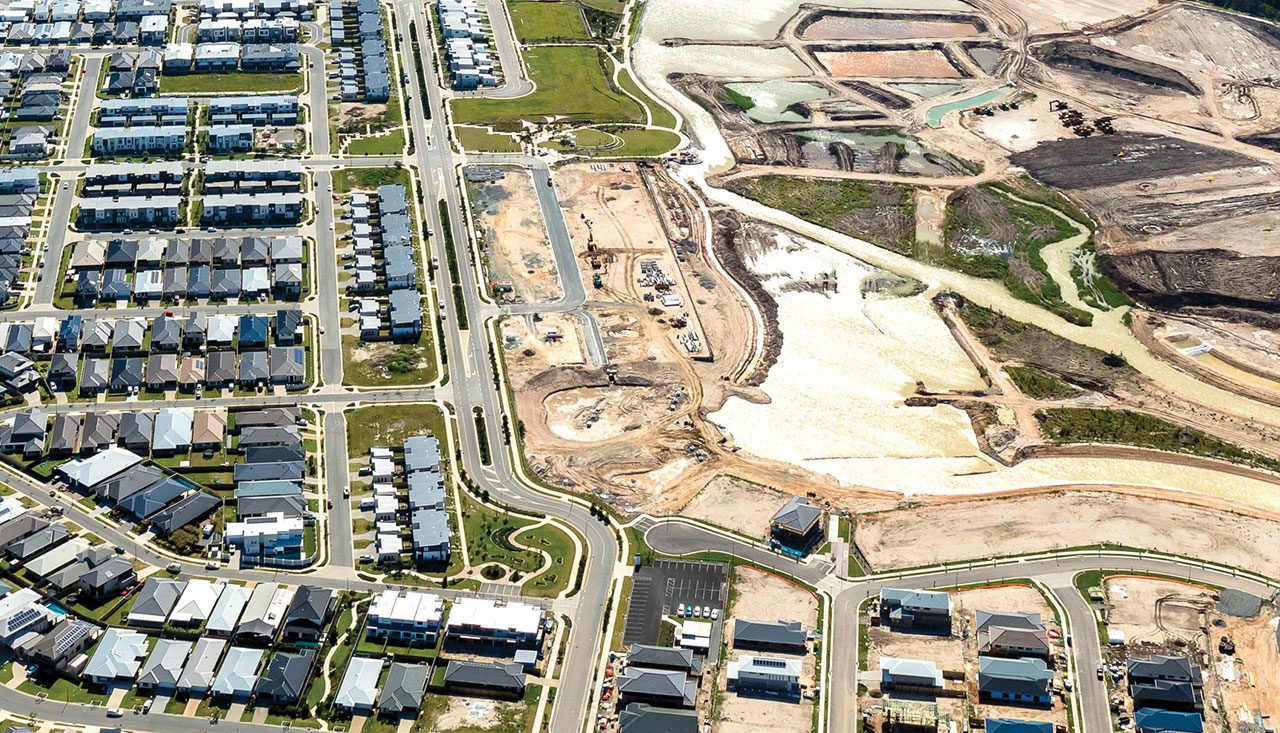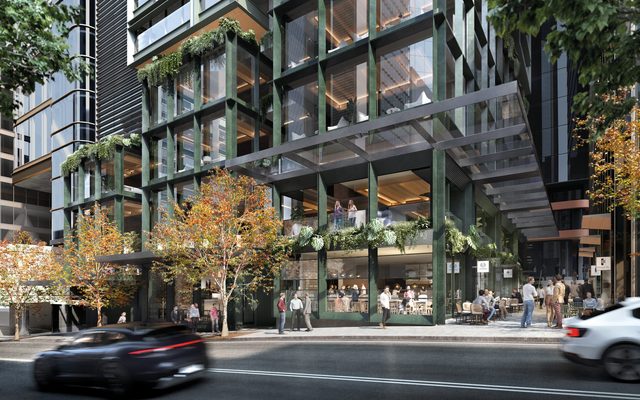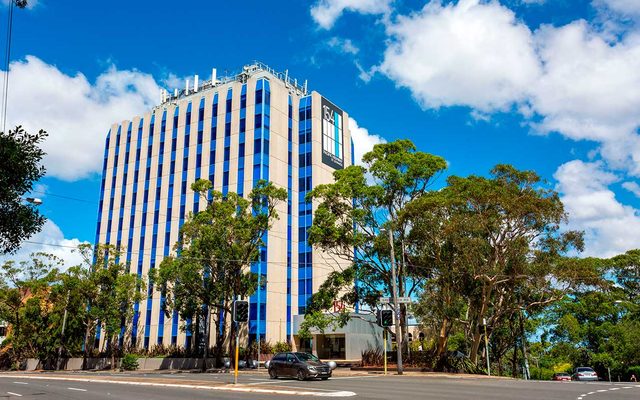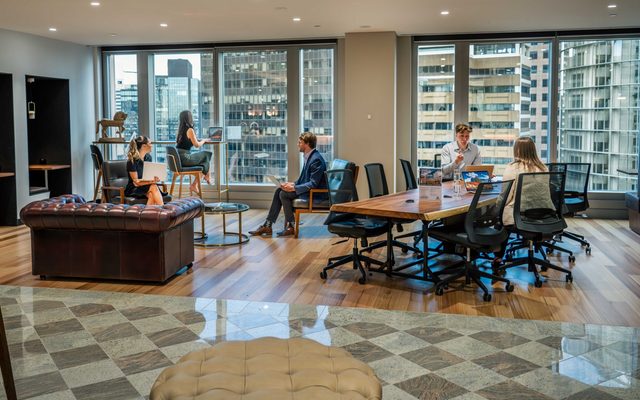This article is from the Australian Property Journal archive
HOME blocks in the larger capitals shrank by 13% over the past decade, while population growth, urban density increases and income growth pushed up the price of a square metre.
Sydney is by far the most expensive market in the country, with its relatively smaller 574 sqm average blocks costing $2,466 per sqm, according to Domain’s latest Housing Affordability Report.
That’s 36% more than second-placed Melbourne, at $1,811, and which has an average block size of 540 sqm. Only Perth (503 sqm) has smaller blocks.
Buyers will find greater value for money in Adelaide, Brisbane and Perth, each at around $1,200 per sqm – roughly half the price of Sydney.
The cheapest blocks are in Darwin, at $737 per sqm, and at 806 sqm they’re also the largest in the country. Hobart (655 sqm) attracts $1,087 per sqm, while Canberra’s large 748 sqm command $1,517 per sqm.
“Shrinking block sizes should help to slow the growth in house prices, as the cost of land is the major component in a purchase. However, per square metre, the land cost has not reduced – buyers are just purchasing less of it,” said Domain chief of research and economics, Nicola Powell.
“As a result, areas with the largest decreases in block size have had growth in price per sqm outpace house price growth at a faster rate, meaning that the true cost to buyers is growing faster than the median house price alone suggests.”
By suburb, inner eastern Sydney suburb Paddington is the most expensive locale in the country, with blocks commanding a whopping $25,755 per sqm for an average 125 sqm block. Albert Park is Melbourne’s most expensive, at $13,915 per sqm for a 153 sqm lot, and ranked 25th in the country.
Kent Town ($8,937 per sqm) is Adelaide’s dearest, and ranked 65th overall. Cottesloe ($7,260) leads Perth, Battery Point ($6,599) heads Hobart, while Petrie Terrace tops Brisbane ($5,515), Crace leads Canberra ($3,392), and The Gardens ($2,016) is the most expensive in Darwin.
Powell said many cities’ development – particularly in places like Sydney – is lagging behind the influx of new residents and will only continue to increase prices.
“Policy change, land release and property tax reform is needed to see a drastic change in price per sqm affordability to improve,” she said.
The city fringes offer a much cheaper price per sqm, and Powell said that with more jobs moving to commercial hubs such as Parramatta and Macquarie Park, these outer areas will become more attractive due to the potential for lower workplace commute times.
“Having multi-region cities will help to distribute wealth across a larger area and provide equal access to education, healthcare and employment opportunities. This will also help to spread the cost per sqm to be less heavily centred in towards our CBDs.”
Changes in price per sqm since the pandemic have been felt strongest in regional areas as many sought to escape extended lockdowns in the metro areas or find a bigger place as working from home quickly became the norm.
In NSW, while metro Sydney blocks increased by 25% in cost per sqm, blocks in border town Albury shot up by 72%, and on the South Coast by 46% Shoalhaven blocks were up 38%, followed closely by Gosford, Wyong and Newcastle (all 36%) and Wollongong at 30%.
The cost of metro Melbourne blocks per sqm has increased by 11%, while there were up by 56% in Gippsland – South West, 50% in Ballarat and 47% on the Surf Coast – Bellarine Peninsula. Bendigo and Wodonga – Alpine lifted 46%, the Mornington Peninsula 33% and Geelong by 27%.
Maroochy led Queensland cost increases, with blocks up 68% per sqm, followed closely by Caboolture (66%). Next were Caloundra (58%), Noosa, Bribie – Beachmere (both 50%), Redcliffe and Broadbeach – Burleigh (48%), all ahead of metro Brisbane at 41%.




